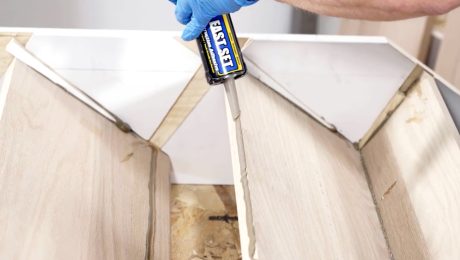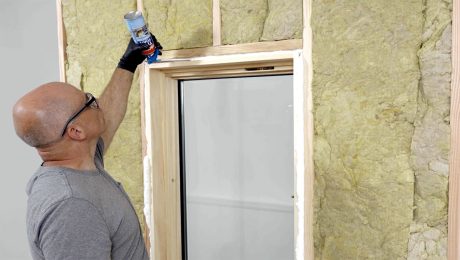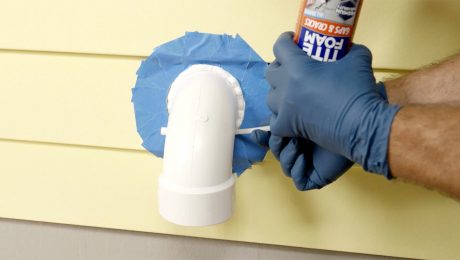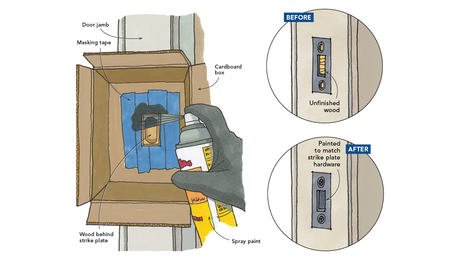How to Test Paint Stripper for Your Next Refinishing Project
Save time and materials when stripping painted wood by figuring out the ideal wait time and application thickness before tackling the entire job.
Before applying chemical paint stripper to an entire surface, it’s important to determine how much stripper to apply and how long to let it react before removal. Otherwise you will either use more stripper than you need or it will take more than one application, wasting time and money. We chose a zero-VOC product because it is safer to work with and didn’t require us to wear a respirator or set up ventilation for the room we were working in.
Here’s what you will need:
– Zero-VOC paint stripper
– Laminated paper
– Bristle brush
– Putty knife
Here’s how to do it:
Tape off three test areas with painter’s tape.
Test coverage by applying different amounts of stripper to each area–ranging from about 1/16 in. to 3/16 in. thick.
To prevent the stripper from drying out and for easy removal, cover each test area with laminated paper, then wait an hour as the stripper activates.
To check progress, lift the paper and remove the finish with a putty knife.
When a test comes off leaving a clean surface, you have the right combination of time and stripper coverage.
If no tests are ready, reapply the paper and check back every hour until the wait time is established.
Complete the project:
In our particular test, a 1/8-in.-thick layer of stripper stripped the paint nicely in a one-hour period, so we can proceed with that formula for the entire surface: apply 1/8 in. of stripper, cover with paper, and wait an hour before removal.
Once the paint is gone, follow the cleanup instructions for the stripper you’ve used and continue with the refinishing process of your choice.
More about refinishing wood:





























View Comments
amazing